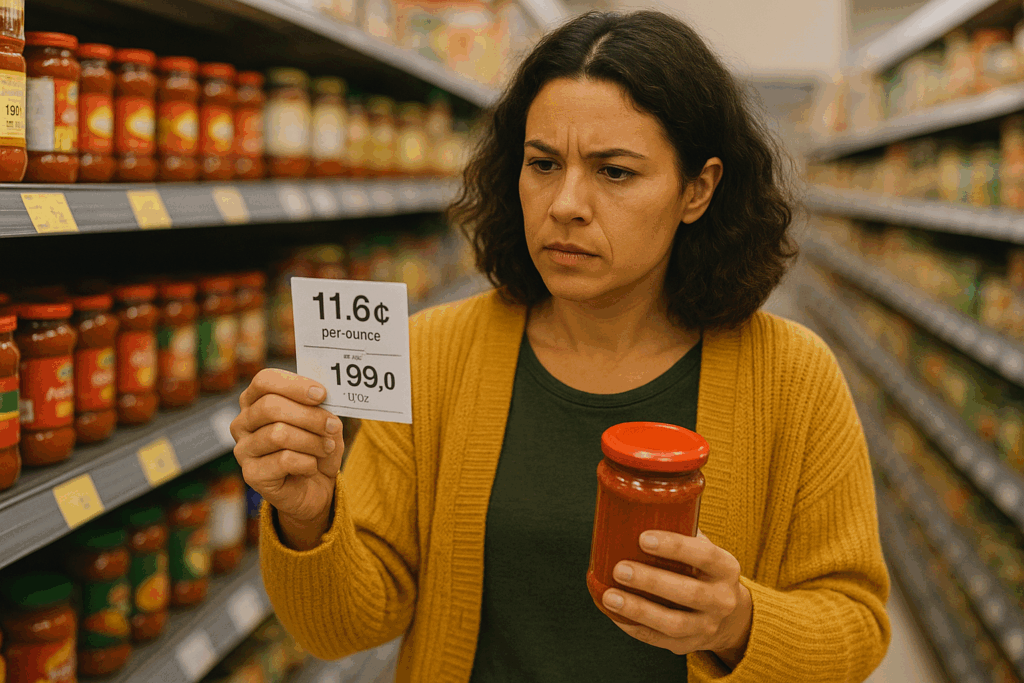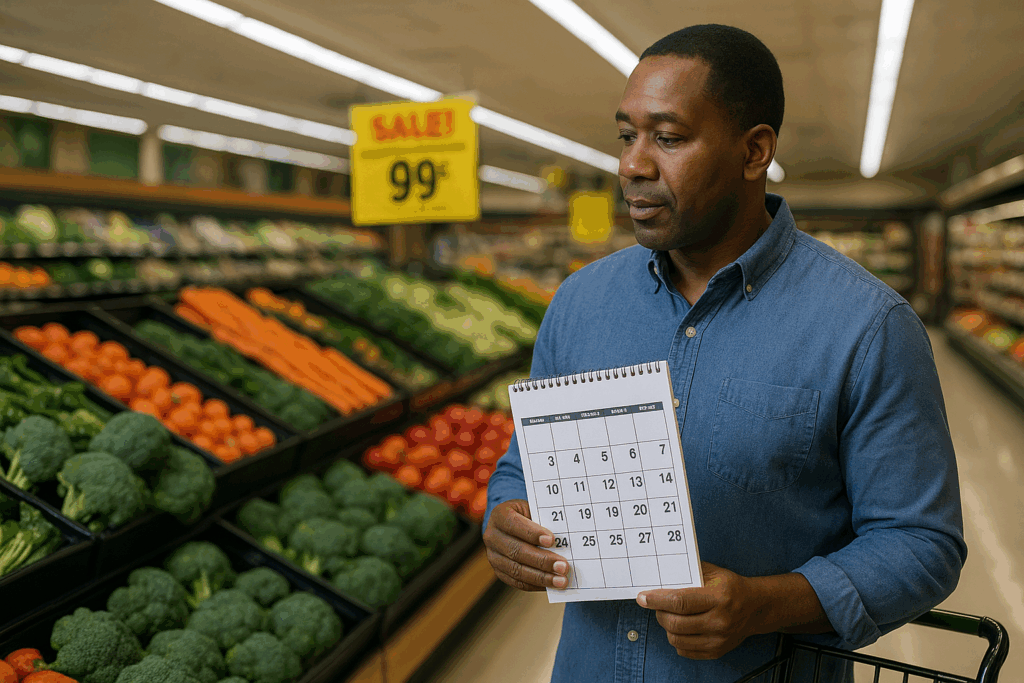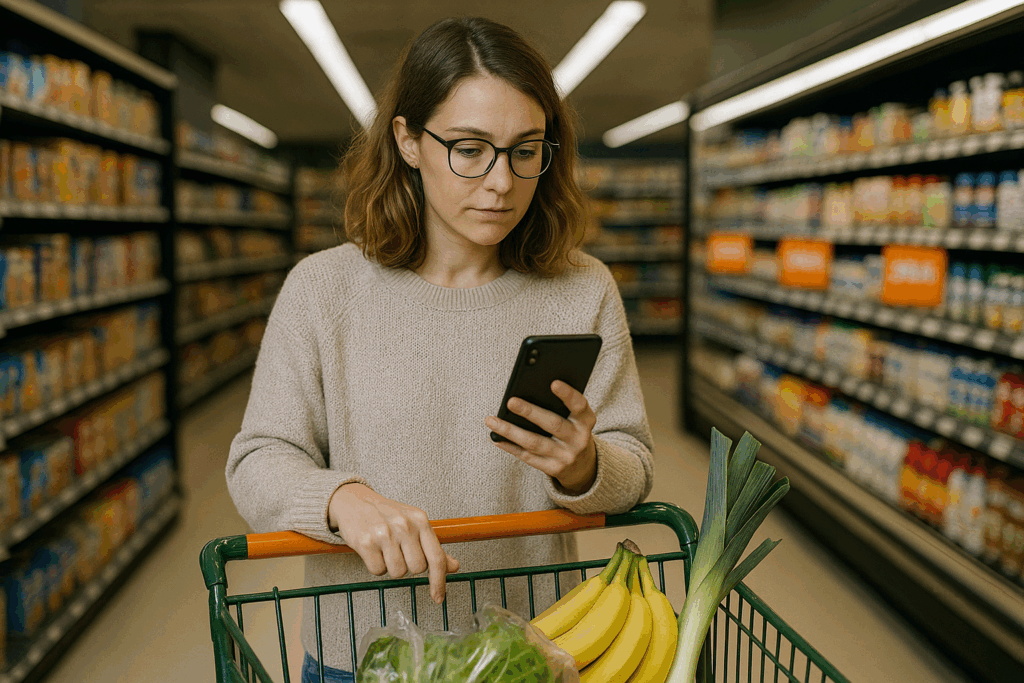Every trip to the grocery store seems to come with sticker shock these days. With inflation driving up the cost of everything from produce to pantry staples, consumers are feeling the pinch in their wallets. But saving money at the supermarket doesn’t require extreme couponing or cutting quality—it just takes a smarter approach to how and when you shop.
From understanding pricing tricks to taking advantage of modern tools, today’s grocery shoppers have more ways than ever to stretch a buck. By planning ahead, choosing wisely, and getting a bit strategic, you can keep your grocery bill in check without sacrificing the meals you love.
Mastering Unit Pricing

Many shoppers focus solely on the sticker price—but unit pricing is where the real savings lie. Unit pricing tells you the cost per ounce, pound, or liter and can reveal which brand or package size gives you the most for your money. Bigger isn’t always better: sometimes two smaller packages are cheaper per unit than one large one. Getting into the habit of checking unit prices takes seconds but can lead to long-term savings every trip.
Stores often rely on flashy packaging or bulk deals to sway your decision. Don’t be fooled—always compare the unit price, even for sale items. This simple tactic can save families hundreds of dollars a year, especially on frequently purchased goods like cereal, rice, and cleaning products.
Shop by the Calendar

Grocery stores run on cycles—and knowing when to shop can pay off. Many chains mark down perishable items early in the morning or late at night, especially meat, baked goods, and produce. Shopping mid-week instead of weekends can also mean shorter lines and better prices, since sales often start on Wednesdays.
Holiday weekends and seasonal transitions also bring deep discounts on certain items, like grilling supplies in late summer or canned goods before the winter holidays. Planning your shopping trips around these windows—and stocking up strategically—can reduce your monthly spending without extra effort.
Make Your Phone Work for You

Loyalty apps and rebate tools are like modern-day coupons without the paper cuts. Grocery store apps often give exclusive digital discounts, track reward points, and notify you of upcoming sales. Third-party apps like Ibotta, Fetch, and Flipp can layer on additional rebates for the same items, turning everyday purchases into cashback opportunities.
Set aside five minutes before shopping to scan your apps for deals or clip digital coupons. Over time, this small habit can turn into big savings. And if you shop online, browser extensions like Honey can automatically apply promo codes at checkout.
Plan Around What You Already Have

One of the most overlooked ways to save money is simply using what’s already in your kitchen. Before heading to the store, take inventory of your pantry, fridge, and freezer. Base your meals around what’s on hand and only buy what’s needed to complete those dishes. This minimizes food waste and keeps impulse buys to a minimum.
Batch cooking and freezing meals can also help stretch ingredients and reduce last-minute takeout spending. By approaching grocery shopping with a clear plan, you’re less likely to overbuy or let food spoil before you use it. Smart meal planning is the cornerstone of budget-conscious grocery habits.

